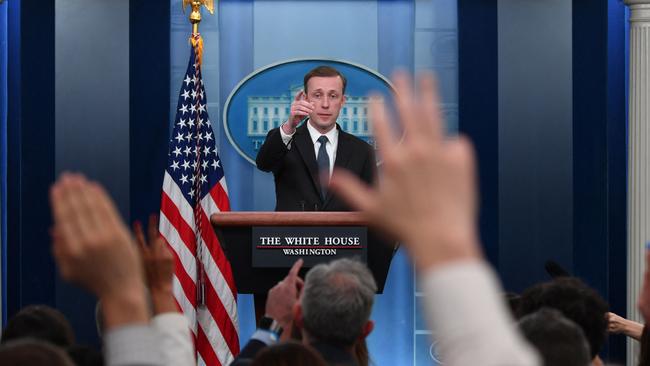
The ground is moving. Opposition defence spokesman Andrew Hastie has issued a provocative challenge to reverse history, bury a generation of pro-market economics in Australia, and encourage the Liberal Party to recognise the times have changed.
“If globalisation led to the offshoring of Australian manufacturing, then the new geopolitical disorder can bring it back home,” Hastie said in the inaugural Jim Molan Oration. “Governments need to be involved and support industry. The UK, US, Taiwan, Japan and South Korea have vibrant industries because their governments have supported them through different incentives and direct support.
“They pick winners and work closely with business and industry. And they aren’t squeamish about it. It’s a reality of the world we live in. We need to wake up to it.
“Witness the US CHIPS Act, a bipartisan bill which has provided some $US280bn in new funding to boost domestic American research and manufacturing of semiconductors, including $US39bn to support home grown chip manufacturing and tax credits for related equipment.
“The message is clear: the great game is afoot.”
Hastie wants a “reborn Australian manufacturing sector”, saying “our sovereignty depends upon it”. That’s a security imperative, not just an economic one.
These are radical ideas, in retreat since the 1980s free-market revolution in Australia, but now given licence and momentum via the Biden administration, the net-zero campaign and security competition with China.
Treasurer Jim Chalmers won’t embrace Hastie’s stance, but Chalmers is upfront: the world has changed, and Australian policy must change with it.
Meanwhile, Energy Minister Chris Bowen has announced a review to implement trade restrictions, think green tariffs, to protect Australia’s big emitters, notably in steel and cement, now facing tough decarbonisation targets from being exploited by overseas rivals with far weaker emission-reduction policies.
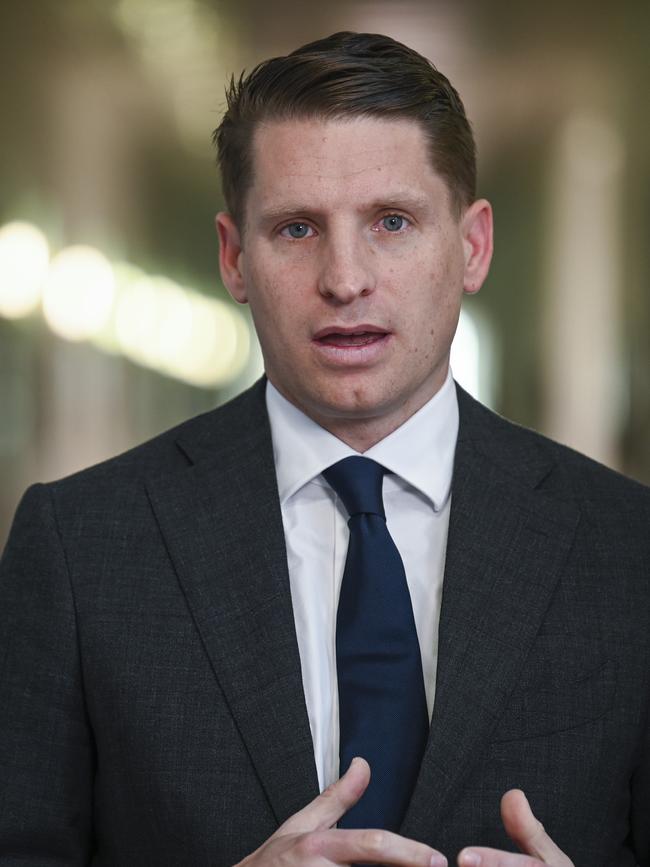
The net-zero cause is driving a new age of state intervention, industry subsidies and border protections. This is reinforced by the security imperative. Hastie says it’s not about reversion to the past but finding an effective role for government in the future.
The risks are huge. Australia became a brilliant success through our free-market reforms that led to a surge in national income. Are we capable of finding a new position without reverting to the old destructive habits that damaged Australia so much?
Intriguingly, Hastie’s outlook resembles that of Industry and Science Minister Ed Husic, whose $15bn National Reconstruction Fund aims to upgrade Australia’s industrial base via loans and equity investment with priority areas including renewables, transport, resources and defence. So how different will the new industry policies of Labor and the Liberals be?
Hastie draws a dramatic nexus – a link between AUKUS (a technological agreement among the US, UK and Australia) and our critical minerals strategy going to mining, processing and even manufacturing.
He wants to bring them together. And former Labor leader and US ambassador Kim Beazley has been instrumental in a blueprint to achieve this. At the weekend meeting of the latest annual Australian American Leadership Dialogue, attention was given to Australia’s evolving strategies in a world shaped by US-China competition, with a focus on Australia’s potential as a supplier of critical minerals – the backbone of the clean-energy future – along with the ambition of refining them and manufacturing with them.

The AALD has a history of agenda-setting. The most potent message from this year’s dialogue was the critical minerals option. The blueprint is an ASPI paper co-authored by Beazley and strategic analyst Ben Halton, arguing that Australia has a unique advantage and opportunity in mining and refining of critical minerals, an area now dominated by China.
The Halton-Beazley thesis is that breaking China’s dominance is imperative for democratic nations in terms of the technologies “that will ‘win’ or, better still, deter the next global war”. They say Australia offers “an unrivalled rallying point to drive secure critical-mineral supply” and that “the key strategic message here for Australia, Japan, the US and other like-minded countries is that market forces alone aren’t going to fix this problem”.
Government intervention, planning and funding support is essential. Critical minerals have become the new global mining rush – witness the recent Diggers and Dealers Mining Forum at Kalgoorlie with its focus on minerals vital in electronic vehicles, batteries, wind turbines and across defence, military, and computing. Beazley argues for AUKUS to become a vehicle for these efforts.
He advocates that AUKUS nations should add critical minerals into the AUKUS Pillar 2, a step with three meanings. It enshrines strategy as the essence of the project; it means national collaboration, not rivalry, in this venture; and the role of government working with private partners is pivotal.
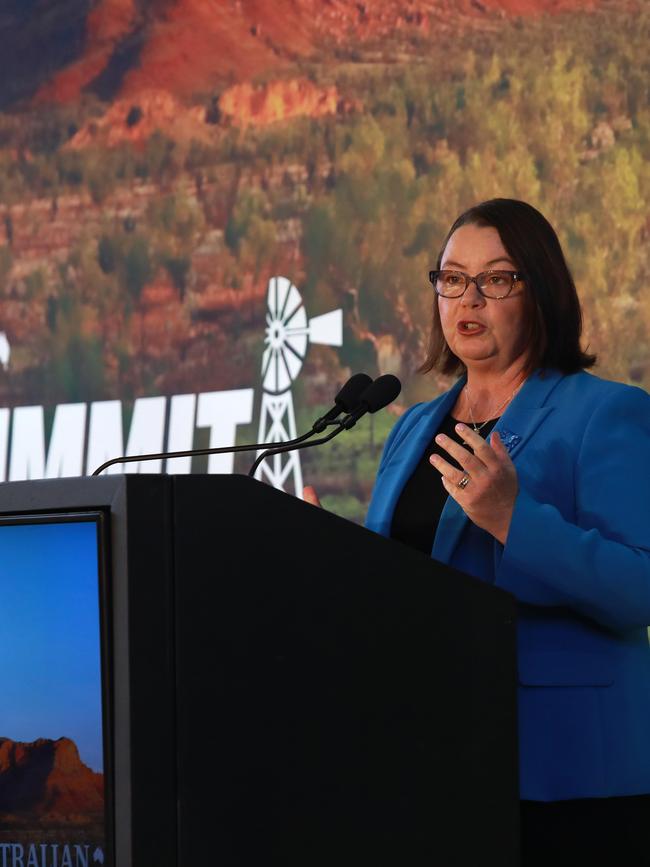
This idea will be contentious. It is a long leap from Labor’s Critical Minerals Strategy unveiled in June by Resources Minister Madeleine King, though the policy uses investments in critical minerals and a $500m support target via the Northern Australia Infrastructure Facility.
“While the potential is great, so are the challenges,” King said.
The global competition is fierce. The big financial returns are in processing, now dominated by China, with Australia facing a daunting task to cross the threshold to refining.
Yet this is Labor’s goal, and then manufacturing. King told this paper’s Bush Summit a “new mining boom” was under way in critical minerals.
Markets are being redefined by the global transformation. It was given expression by Sullivan’s April 2023 speech when he said the time had arrived “to forge a new consensus”.
“The project of the 2020s and the 2030s is different from the project of the 1990s,” Sullivan said. Invoking the global financial crisis, the pandemic and the strategic rivalry from China, he said Biden was committed to “a modern industrial and innovation strategy” at home and with partners around the world.
Decoded, the US government is back at every level: strategic, climate and economic. Sullivan said America had paid a price in the age of globalisation, its industrial base was hollowed out, its working class suffered, its middle class “lost ground”, while the wealthy “did better than ever”.
Reversing these trends, Biden’s policy is to build capacity and resilience. It’s true: Biden’s economics build upon Trump. Specific sectors are being backed – semiconductors, critical minerals and clean-energy production – and public investment is returning. Trade with China will continue but the purpose is to reinforce the US’s technological command.
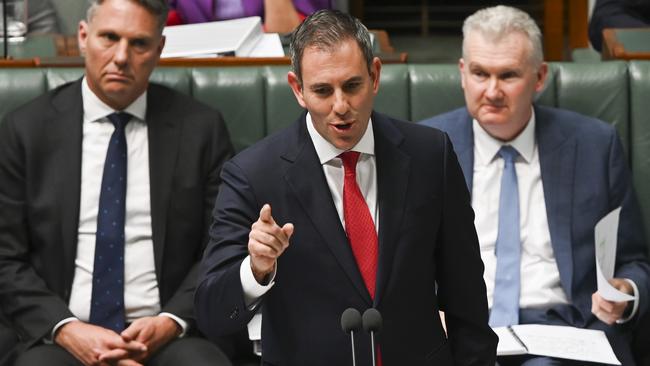
Interviewed outside the AALD, Chalmers affirmed his vision for a new productivity strategy for Australia, saying: “We need to recognise that the world has changed.”
He said Sullivan’s speech “is widely shared in Australian government circles”. While Hawke and Keating were his heroes, Chalmers said his aim was “to deliver a new generation of prosperity” but “it will come from very different places” from the 1980s and 1990s.
What are those places? Chalmers nominated new technology, the energy transformation, revamping our industrial base, and thinking differently about human capital. His biggest rap came for critical minerals, which he described as “the opportunity of a century for us”.
Vision is laudable. But geology is not enough. Australia will need the capital, technology, international competitiveness and fast environmental approvals to succeed in the critical minerals project. We won’t succeed unless we change our thinking – but that means using comparative advantage, not regressing to any nostalgic protectionism of the past.



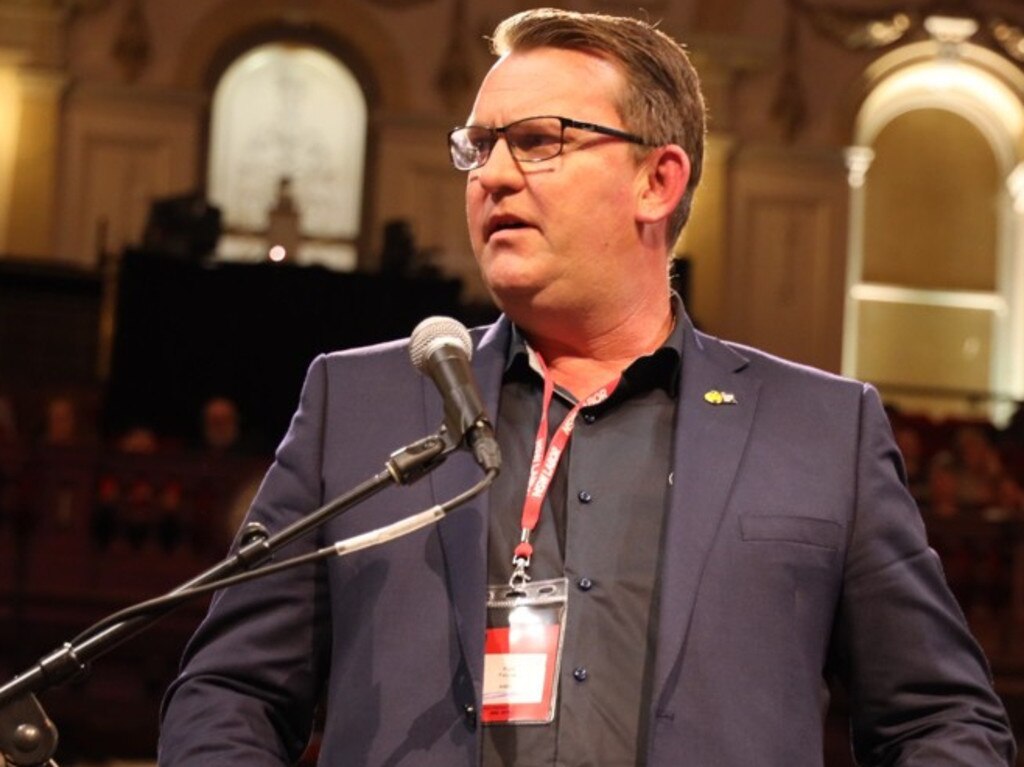

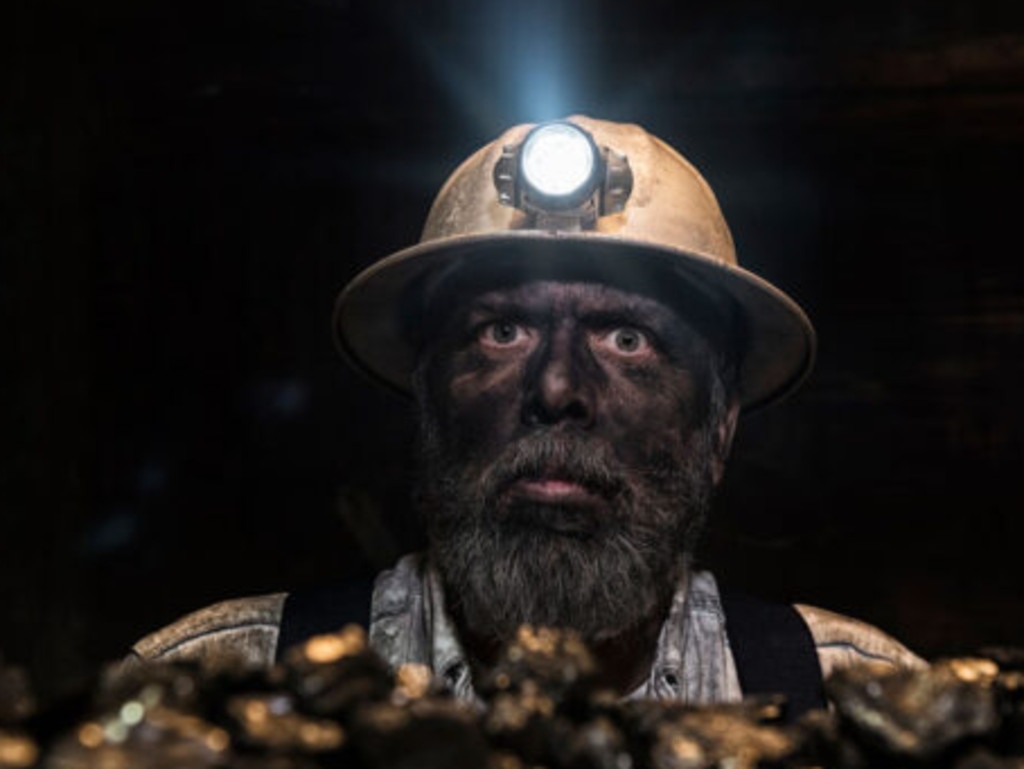


The new protectionism is rampant across the globe, justified by national security. Joe Biden has kept Donald Trump’s tariffs against China. Biden’s National Security Adviser, Jake Sullivan, has announced that security overrides economics. Will Australia follow course?